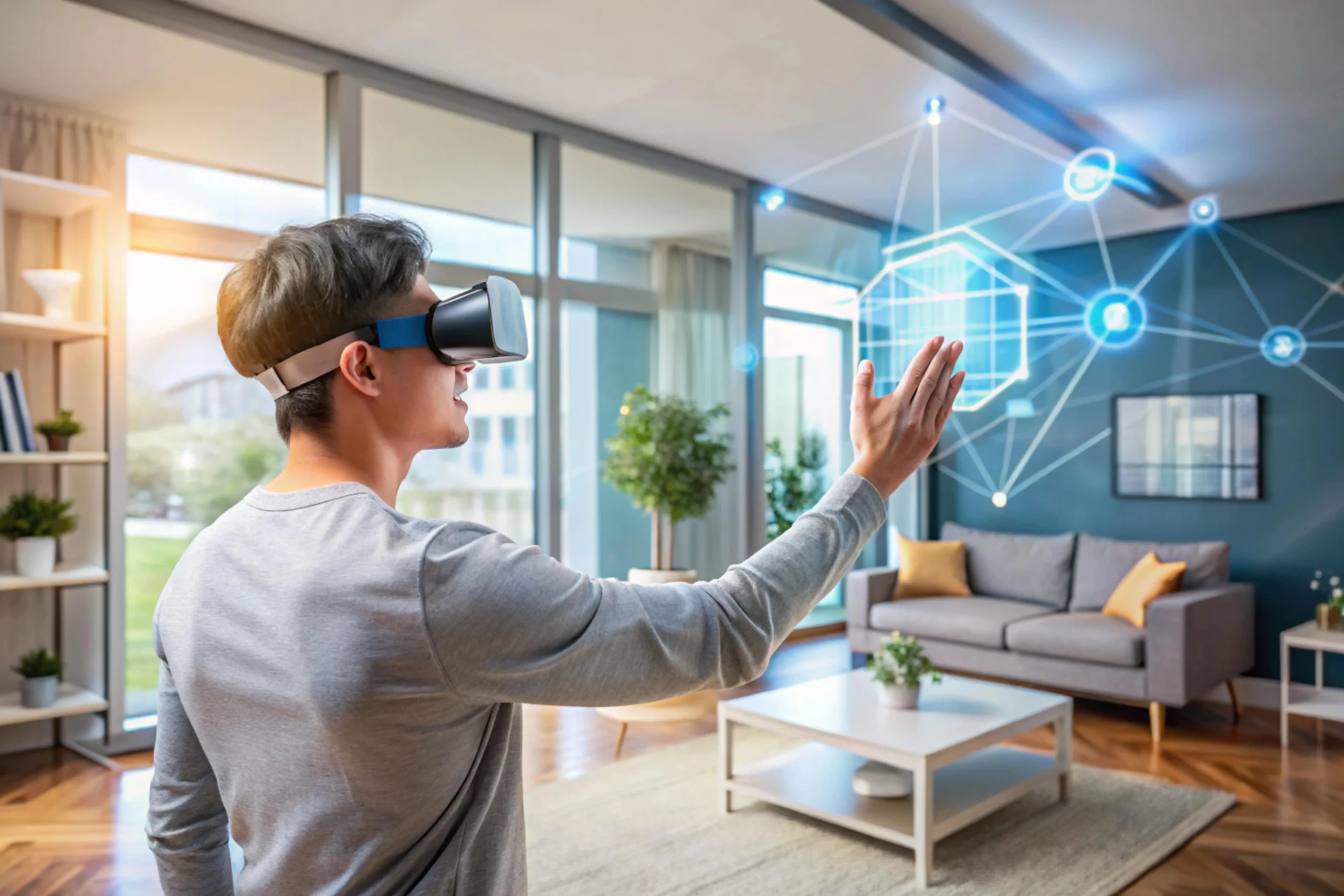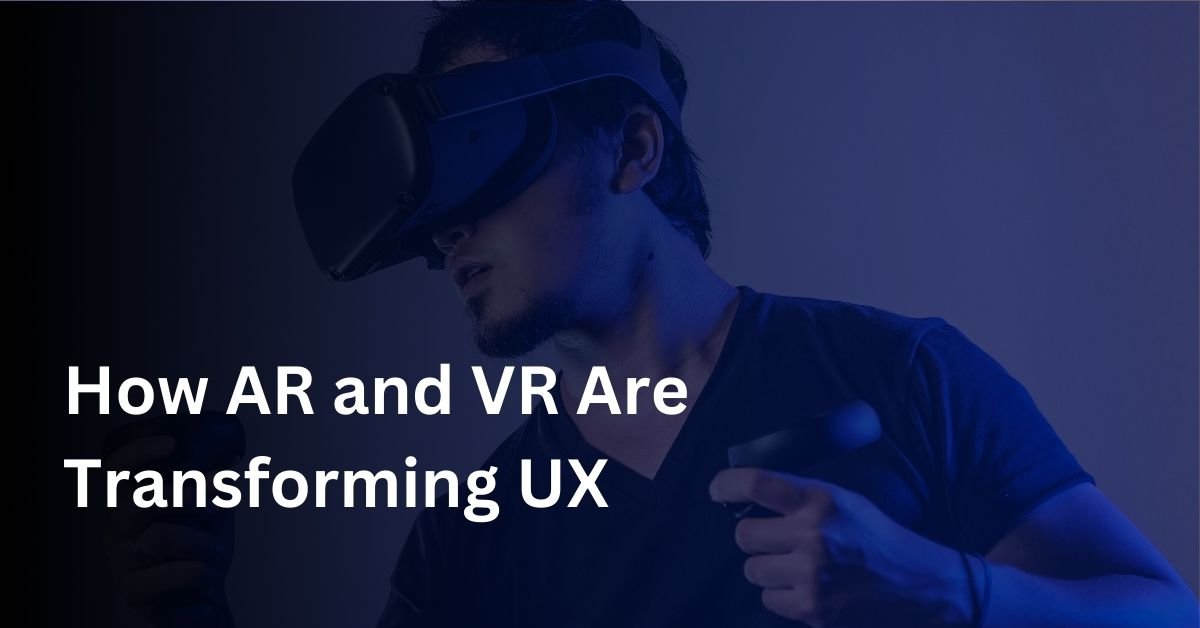In recent years, both augmented reality (AR) and virtual reality (VR) have made significant strides in changing how users interact with digital platforms. Consequently, in 2024, these technologies are no longer seen as novelties; they are now critical to enhancing user experiences across various industries. In fact, AR and VR are transforming the user experience (UX) landscape, driving new forms of engagement and interactivity. So, how exactly are AR and VR reshaping UX, and what trends should businesses watch out for?
The Rise of AR and VR in UX Design

Augmented Reality overlays digital information onto the real world, enhancing the user’s environment with additional context. Virtual Reality immerses users entirely in a digital environment, creating a fully controlled and interactive space. Both of these technologies have made their way into multiple sectors, including retail, healthcare, education, and entertainment.
For example, brands like IKEA and Amazon use AR in their apps, allowing users to place virtual furniture in their homes before making a purchase. Similarly, the gaming industry is a pioneer in VR experiences, with titles like Half-Life: Alyx setting a new standard for interactive immersion.
Key Benefits of AR and VR in UX
The integration of AR and VR in UX design brings numerous benefits that enhance the overall customer experience:
- Immersive Interaction: AR and VR allow users to engage with products and services in real-time, offering a hands-on experience even in digital spaces. This improves engagement and increases conversion rates.
- Personalization: AR and VR provide customized experiences, allowing users to tailor virtual interactions to their preferences, creating stronger emotional connections between the user and the brand.
- Enhanced Accessibility: VR enables virtual property tours and remote services, expanding audience reach without geographic limitations.
- Faster Decision-Making: Immersive AR and VR experiences help users visualize the end results, accelerating purchase decisions by reducing uncertainty.
Key Trends in AR and VR for UX in 2024

As these technologies continue to evolve, some emerging trends in AR and VR are poised to shape UX design even further:
- Spatial Computing: Interacting with digital content in 3D spaces is growing, making it easier for users to engage with information more naturally.
- Mixed Reality Experiences: Combining AR, VR, and traditional UX elements creates seamless transitions between physical and digital environments for complex interactions.
- Social VR: Virtual reality is increasingly becoming a platform for social interaction, from gaming to virtual meetings and social media.
- Haptic Feedback in VR: Adding tactile sensations in VR enhances realism, making digital environments feel more immersive.
- Wearable AR: Devices like Microsoft HoloLens and Google Glass are driving portable AR experiences, integrating AR into everyday life.
How AR and VR are Transforming Industries

- E-commerce: AR allows customers to visualize products in their homes, reducing returns and enhancing satisfaction.
- Healthcare: VR is used in medical training, providing practitioners with virtual environments to practice in, while AR aids in surgeries with real-time guidance.
- Education: AR and VR are revolutionizing learning, offering immersive tools like virtual classrooms and 3D models for more dynamic teaching.
- Entertainment: From gaming to virtual concerts, AR and VR are transforming the entertainment industry with interactive experiences on platforms like Oculus Rift and PlayStation VR.
Conclusion: Why AR and VR Are Crucial for UX Design
As the world becomes more digital, the demand for innovative, user-centered design has never been higher. AR and VR offer a unique opportunity to revolutionize UX by creating immersive, personalized, and interactive experiences. The brands that harness these technologies effectively will stand out in 2024 and beyond, leading the charge in customer satisfaction and engagement.



